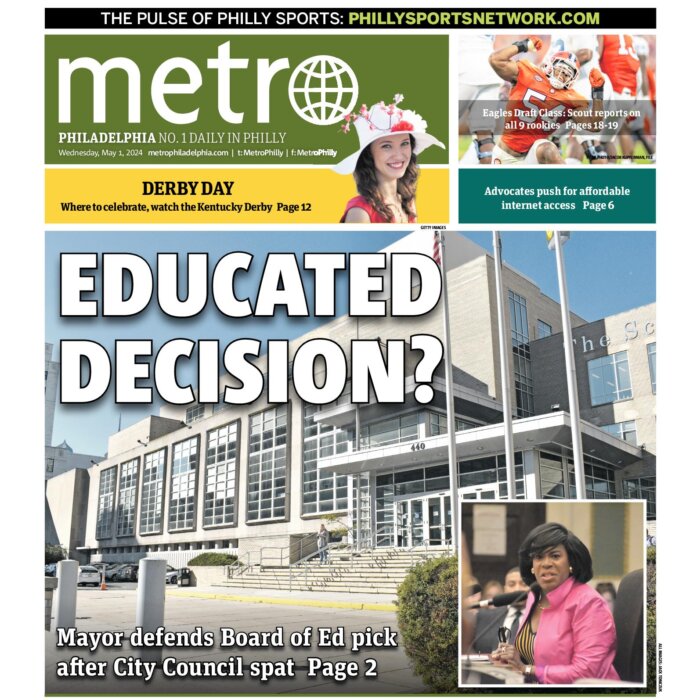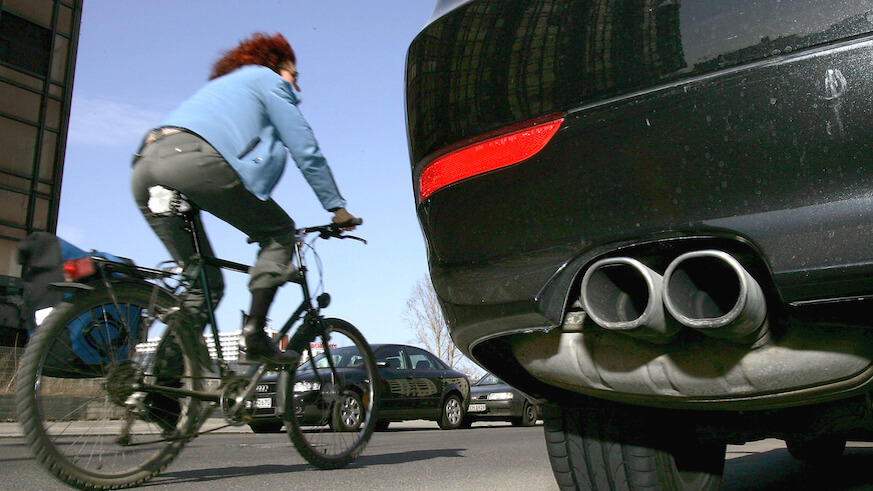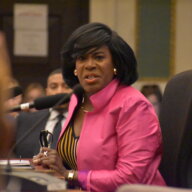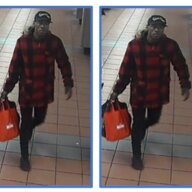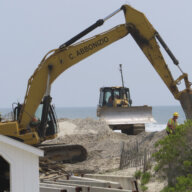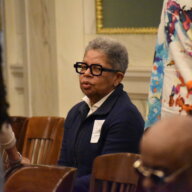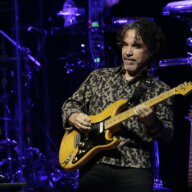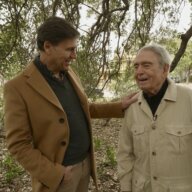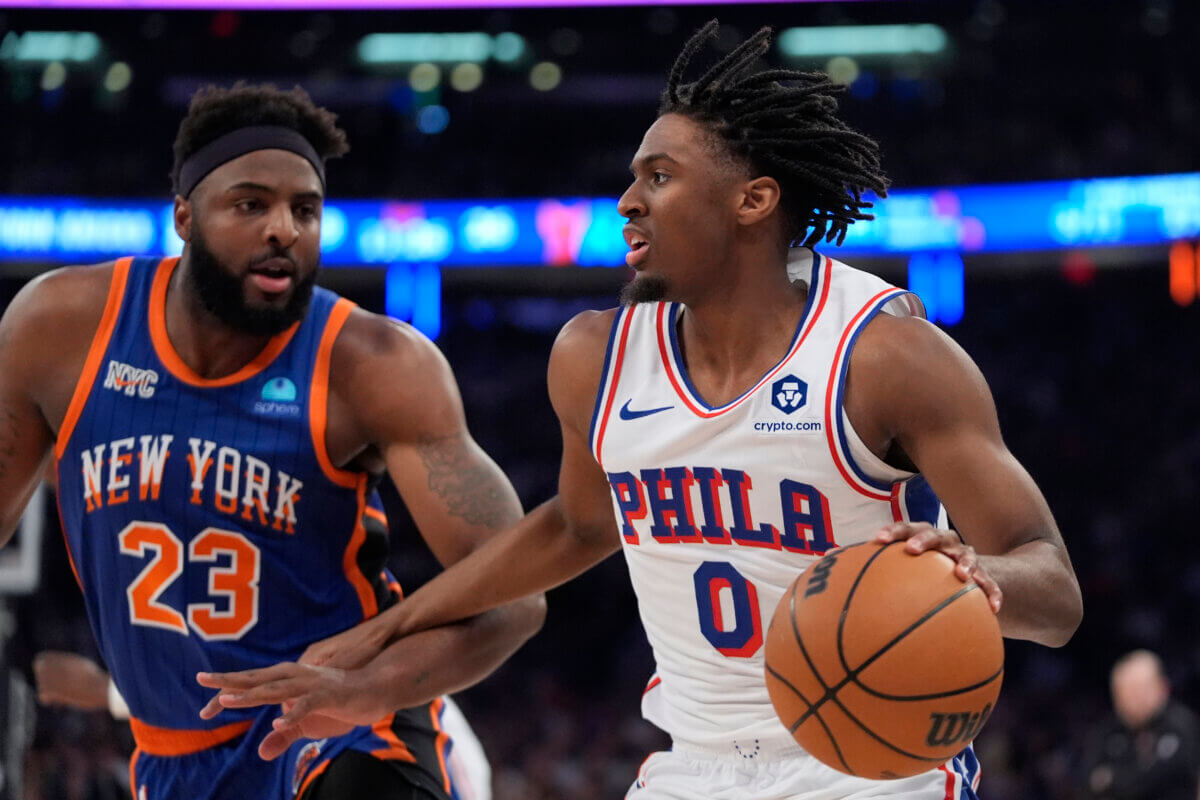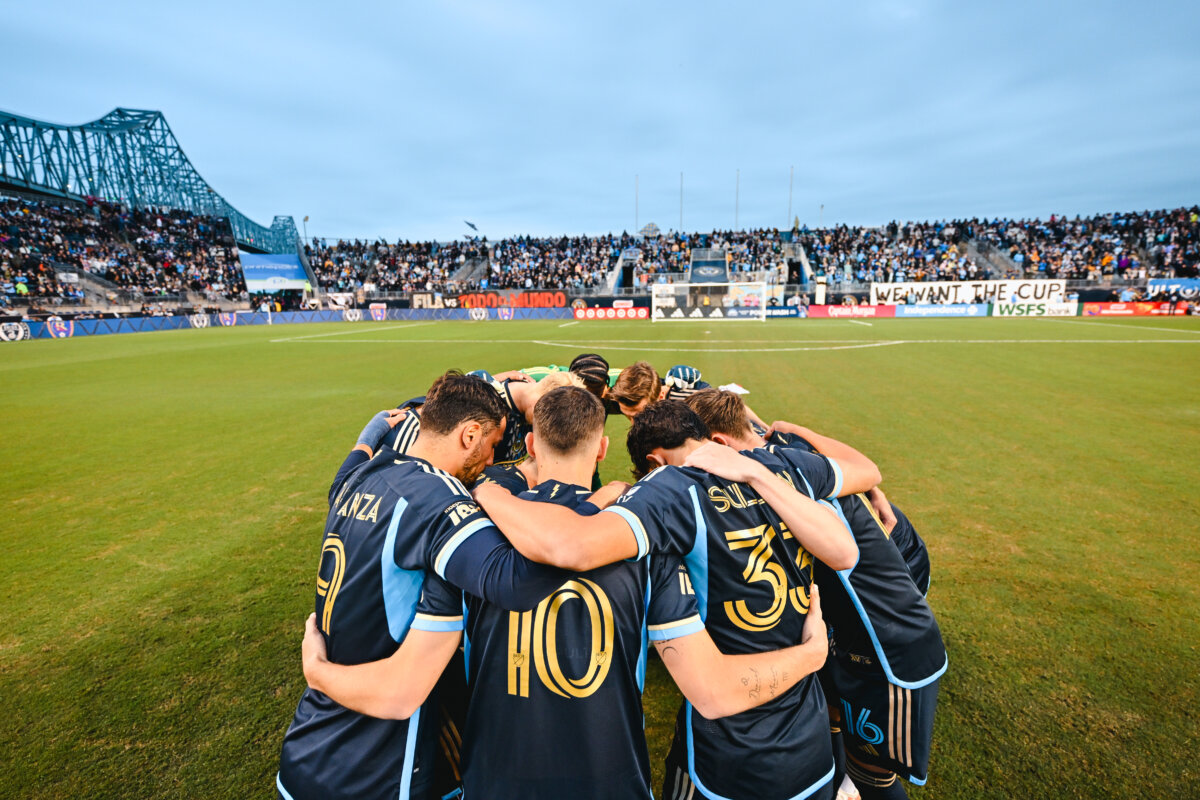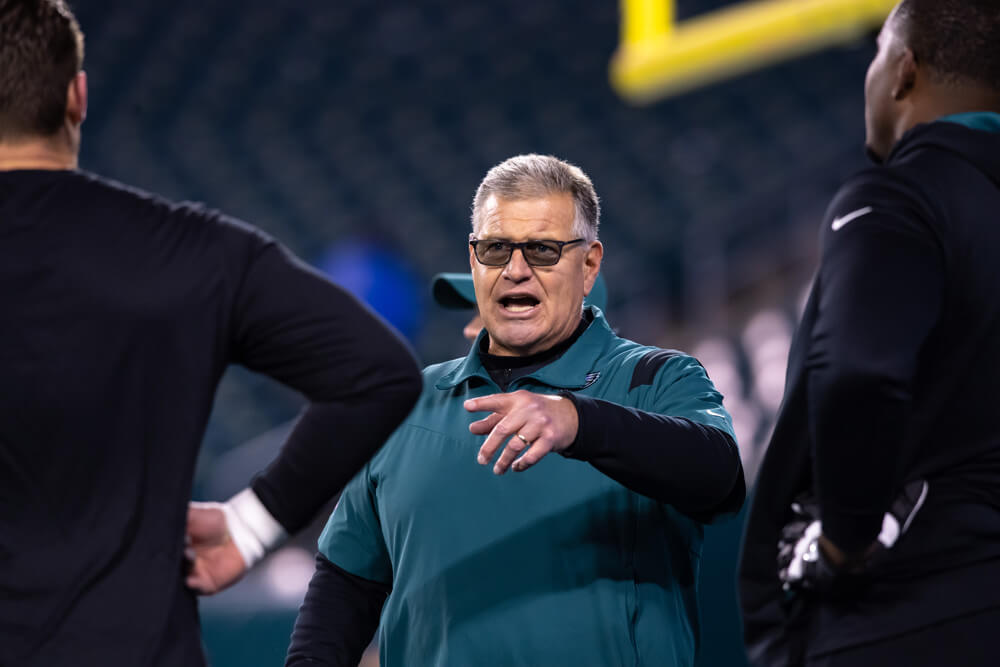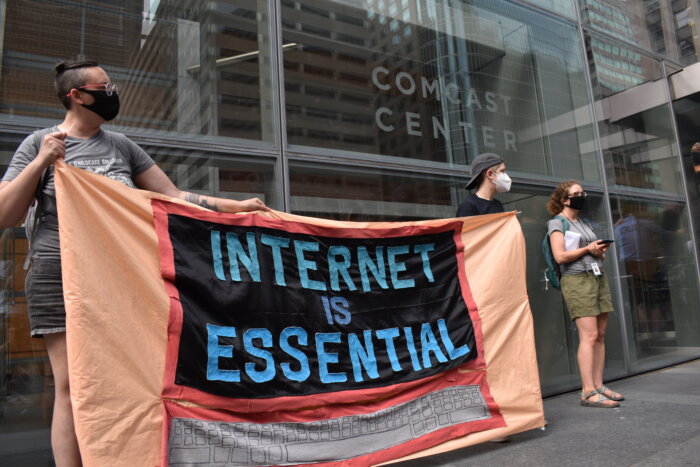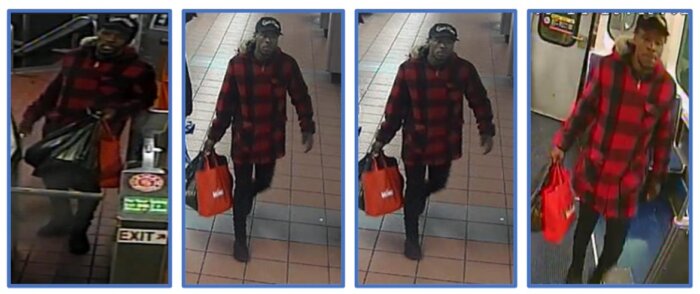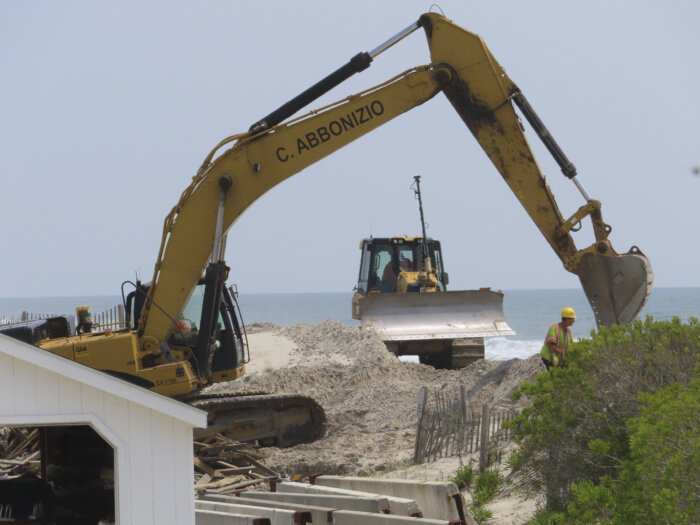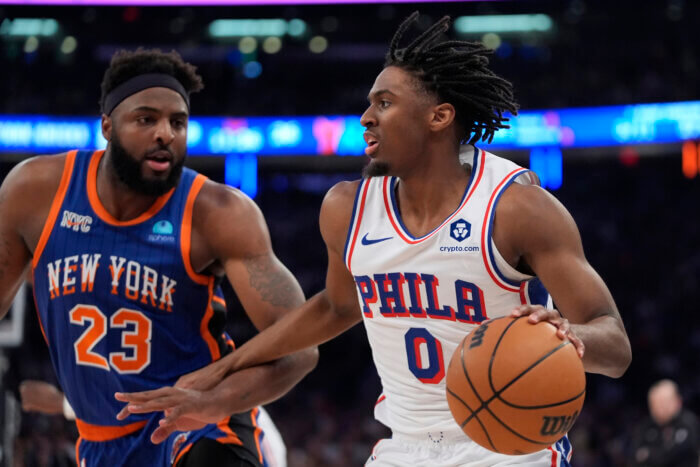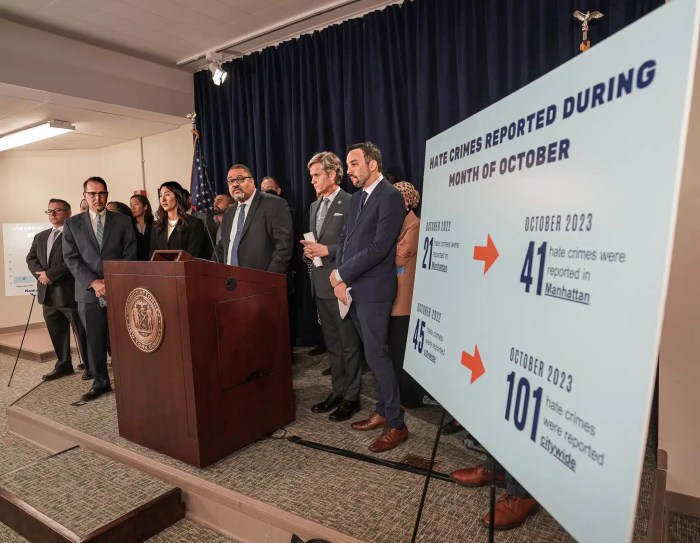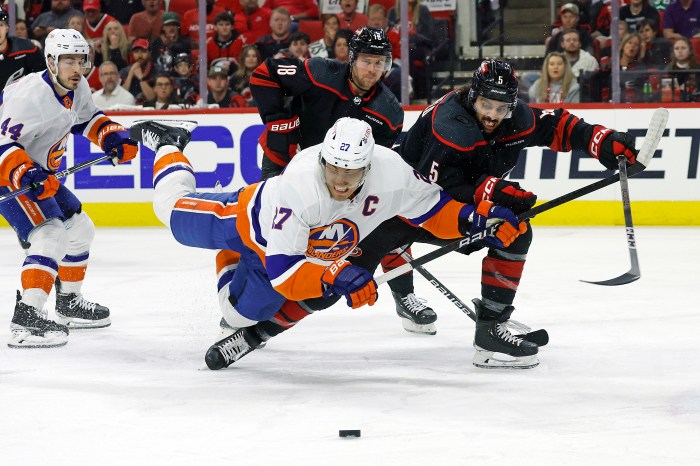Nearly 30 people showed up at 22nd and South Streets in Philadelphia on July 10 to stand in the street. They were there to demonstrate their dissatisfaction with the City, the Philadelphia Parking Authority, and the new Wawa at the corner, and they did it by creating one of many recent human protected bike lanes.
Together, they’d stand on the edge of the 22nd Street bike lane for an hour, allowing cyclists to ride through without having to dodge motor vehicles parked in their way. They’d create what’s called a “human protected bike lane.”
Human protected bike lanes (HBLs) have taken hold as a demonstration tactic throughout the United States, allowing cyclists to voice their dissatisfaction with street safety.
There’ve been four in Philadelphia since December 2017. The latest, on Tuesday, attempted to call out the fact that motorists have been illegally parking (with impunity, as the PPA is often absent from the corner) in the bike lane on 22nd Street since the store opened this spring.
Whether a customer jumping into the convenience store for a quick hoagie, or a delivery truck sitting on the street for an hour, motorists have completely ignored the 22nd Street bike lane for their convenience, and, recently, someone on a bicycle got into a crash navigating that obstacle course.
So, cyclists organized online and came out at 8 a.m. for their demonstration. Wawa would eventually respond to the cyclists, and put signs out front their store telling motorists to find parking somewhere else.
The signs have been met with mixed reactions from motorists—ranging from not caring to sort of caring—and they, alone, will not solve the problem.
Nevertheless, human protected bike lanes get attention – and they make a point.
“Human bike lanes are a way we can create a physical representation of protection with our bodies, that has symbolic power,” says Oren Eisenberg, a cyclist was who present at Tuesday’s protest. “As we fight the power play for access to roads, HBLs help represent the cyclist community’s significance.”

Do human protected bike lanes make people stop and think?
Amanda Gillern, of South Philadelphia, says she joins human-protected bike lanes “to put a human body there; to make people think about the ones they put in danger.”
“I join to highlight where the City has failed protect people on bikes,” says David Brindley, 39, of West Philadelphia.
The first Philly human-protected bike lane was organized by cyclist Leigh Goldenberg, who has been active on Philly cycling issues for several years. She and fellow cyclist Amy Cherowitz note the “human” aspect of the HBLs make the actions memorable.
“It was important to me to show a large number of individuals standing together for safety in our streets, and in a peaceful way,” adds Goldenberg. “Additionally, the faces of people passing through the lanes—smiles and tears—helped me feel a part of our city, connected to others that get around on two wheels.”
“We are acting to being attention to something positive – improved safety for all residents of Philadelphia,” adds Amy Cherowitz, of Center City. “It always feels positive (which sometimes can be hard to find in infrastructure conversations) at these events. You see people smiling and relaxed.”
